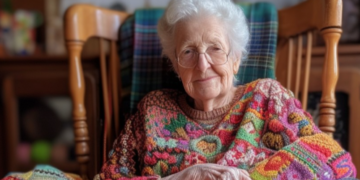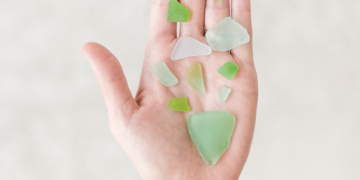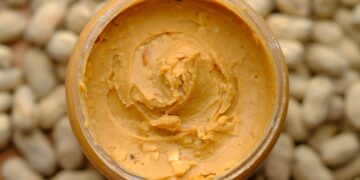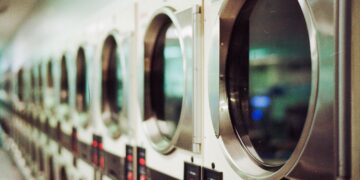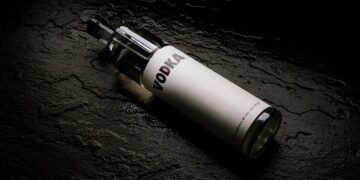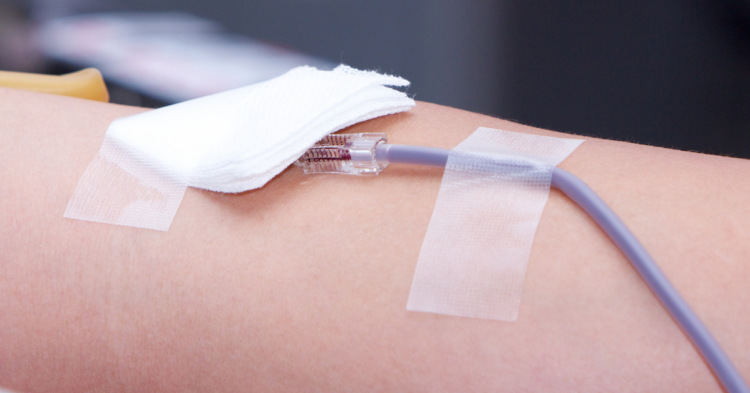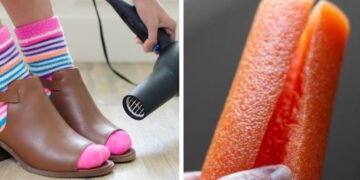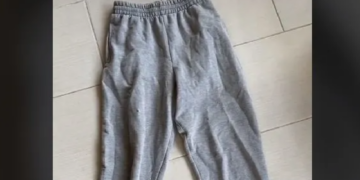Let’s be honest here—life’s not cheap.
It’s hard enough to ensure that you’re making enough for rent and bills, but for most of us, there isn’t a ton left over for life’s luxuries.
Sure, there were a few students at my college whose parents would fund their weekly wardrobe replacements, but the majority of us are learning that if we want anything that isn’t absolutely necessary, being an adult means finding a way to get it yourself.
Fact: Saving money is hard.
Come on, you know I’m right. I’ll stash those bills away for something special, then end up cracking them right back out as soon as I want an ice cream sundae.
But it’s the unfortunate reality that money doesn’t grow on trees. If we want that dough, we’ve gotta work for it.
One girl realized that she needed a way to add to her shopping fund.

Carisa Barker is from Salt Lake City, Utah, and estimates that she spends about $600 a month on clothes, shoes and beauty products.
You’ve got to keep up with the latest trends, right?
She’s been donating blood plasma to earn extra cash.

Barker visits a clinic twice a week to donate plasma, making around $280 a month.
In one year she has raked in $3,360.
While normal blood donations are not awarded with any kind of payment, plasma collection centers across the US offer payment in return for plasma.
“I would absolutely recommend it to people who are short of cash and want to go shopping.”

“One of my friends does it and she took me with her one time. I just kept doing it,” she says, “I do it as often as I can, which is usually twice a week. It takes about an hour and a half each time I go.”
“I go in and complete a survey to make sure I am feeling well that day, that I have no tattoos or piercings. They screen you and take your blood pressure and temperature. It takes them a while to pump the blood out and put it through the machine.”
Plasma is the yellowish fluid in blood which remains after the white and red blood cells and platelets have been removed.

The liquid consists of “water, salts, proteins and enzymes and is used in medicines that help people suffering from burns, shock, trauma and other medical emergencies.”
“There are no health risks that I know of and my parents are fine with me doing it. My plasma is used to make medicines for people with rare diseases,” Barker explains, “It makes me feel good to know that I’m helping people. I plan to keep donating.”
Her friends are concerned, and have asked her to curb her shopping habits.

“My friends have told me to stop shopping but I can’t. I live at home and all of my money goes on shopping,” she said. “I would save a lot of money if I stopped but as long as I have money that I can spend, I’m going to keep doing it.”
“If I was ever at a point where I didn’t have money, I would stop. Shopping is my biggest expenditure but I also spend a lot on travel.”
A representative for BioLife released a statement regarding how often people should be donating plasma.

“Strict criteria, including donation frequency, have been established for plasma donation by global regulatory authorities to ensure the safety of donors and recipients of plasma-derived therapies,” the representative explained.
“Donors also must meet screening criteria for blood count (hematocrit) and total protein levels, along with other screening criteria, prior to each donation…BioLife adheres to those standards as part of our commitment to the highest standards of safety for our donors and our products that go out to patients.”
h/t: New York Post

